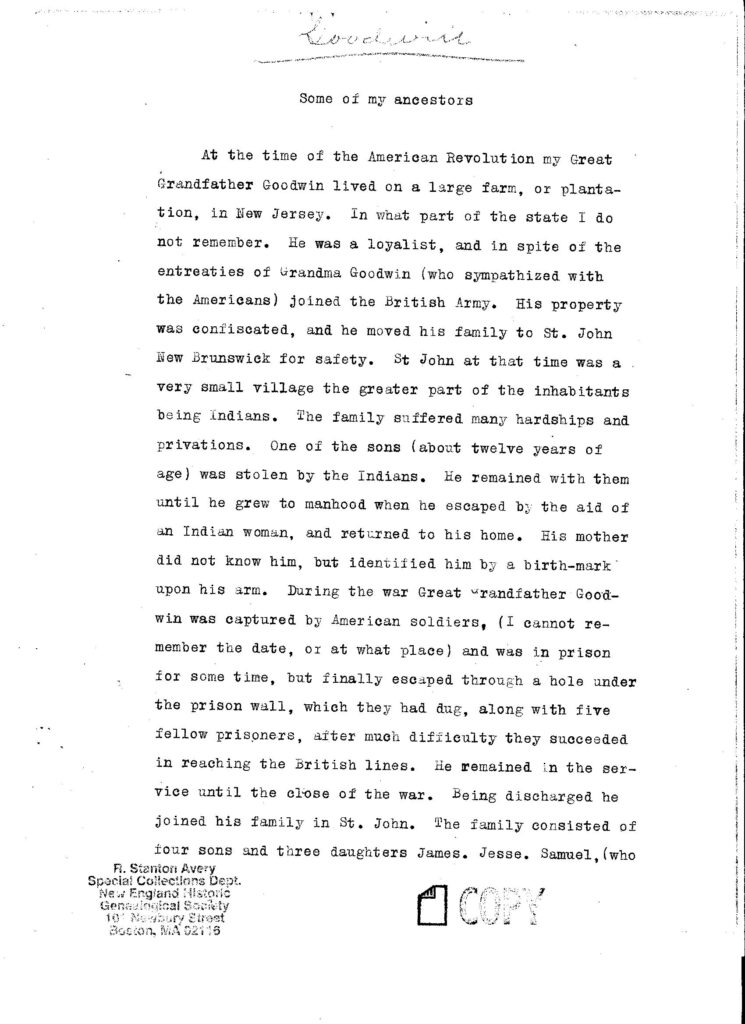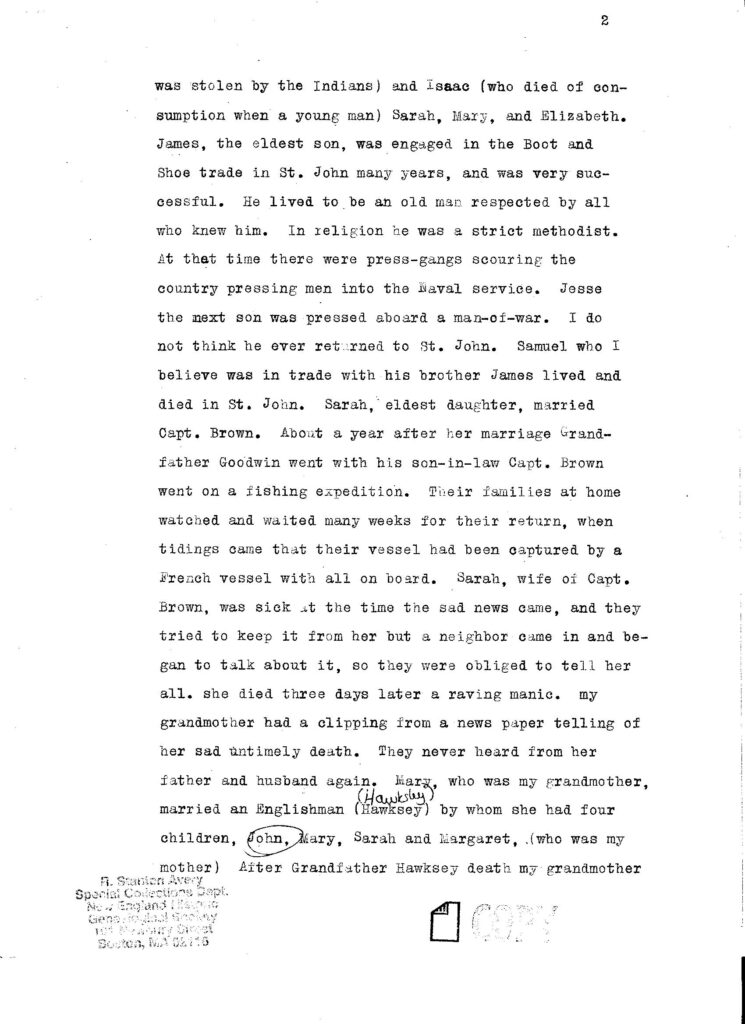I’m always curious about how my fellow genealogists organize their research.
I admit it, I’m an old-fashioned sort of gal. I prefer to write letters on stationery and put them in the mail, to use a planner for my scheduling, a notebook for my list-making, and to read paperback and hardcover books instead of ebooks. Though I also use my phone for many of these tasks – emailing, messaging, writing, and planning – and my ereader has plenty of books on it. My record-keeping system is also a mix of hands-on and digital, and it works for me.
My software of choice is Legacy. The source citation fields offer the best guidance, I think, and it is this feature that won me over from Family Tree Maker many years ago. I also use Rootsmagic, but have yet to really learn my way around it.
I store all of the vital records and other precious family documents I’ve gathered in archival-quality sleeves in 3-ring binders. I keep printed pedigree charts in those same sleeves in their own binders. For me, working from paper pedigree charts offers a visual. I don’t write anything on a pedigree chart that is not yet proven. If I don’t have a source, I don’t commit it to paper. I’ve considered a more complex system of folders and indexing, but I’m not sure it is necessary for me yet.
I’d ultimately like to scan every genealogical document I have and ensure they’re backed up to multiple mediums. Fortunately, I’m not drowning in paper, so to speak. All of it stays very organized with binders.
I use a color-coding system for the various binders and scrapbooks I have in my home. Plain black binders are for genealogy. White binders are for reference documents and notes.
Organizing paper from the get-go makes it easier to stay that way. Everything I have that is not a pedigree chart is organized by surname. My vital records, for example, are all alphabetized. And for those ancestors for whom I have multiple vitals, those are then placed in chronological order.
So for a man, I have his records in order of birth, marriage, and death. The wife’s birth and death are filed under her maiden name, and her marriage is cross-referenced to the husband.
I use an index to make the system easy for someone to understand. If someone picks up one of my vital records binders, they can see at a glance whose names are in there, the order in which they are arranged, and the cross-referenced marriages as well.
Furthermore, I keep a spreadsheet to track the records I request and receive. Admittedly, though, I do the same with my Nancy Drew book collection.
Other paper documents I have include copies obtained from manuscript collections at NEHGS, Civil War pensions, family-created documents written by great-aunts or great-uncles, and more. While I don’t index these, I do alphabetize them. Perhaps it’s high time I also indexed them by name, document, and – if applicable – title of book or collection from which it came.
Being organized is a boon when it comes to genealogy, particularly if you would like someone else to easily interpret and utilize what you have collected.
















